Home>Gardening & Outdoor>Landscaping Ideas>What Kind Of Fertilizer For Grass In Spring
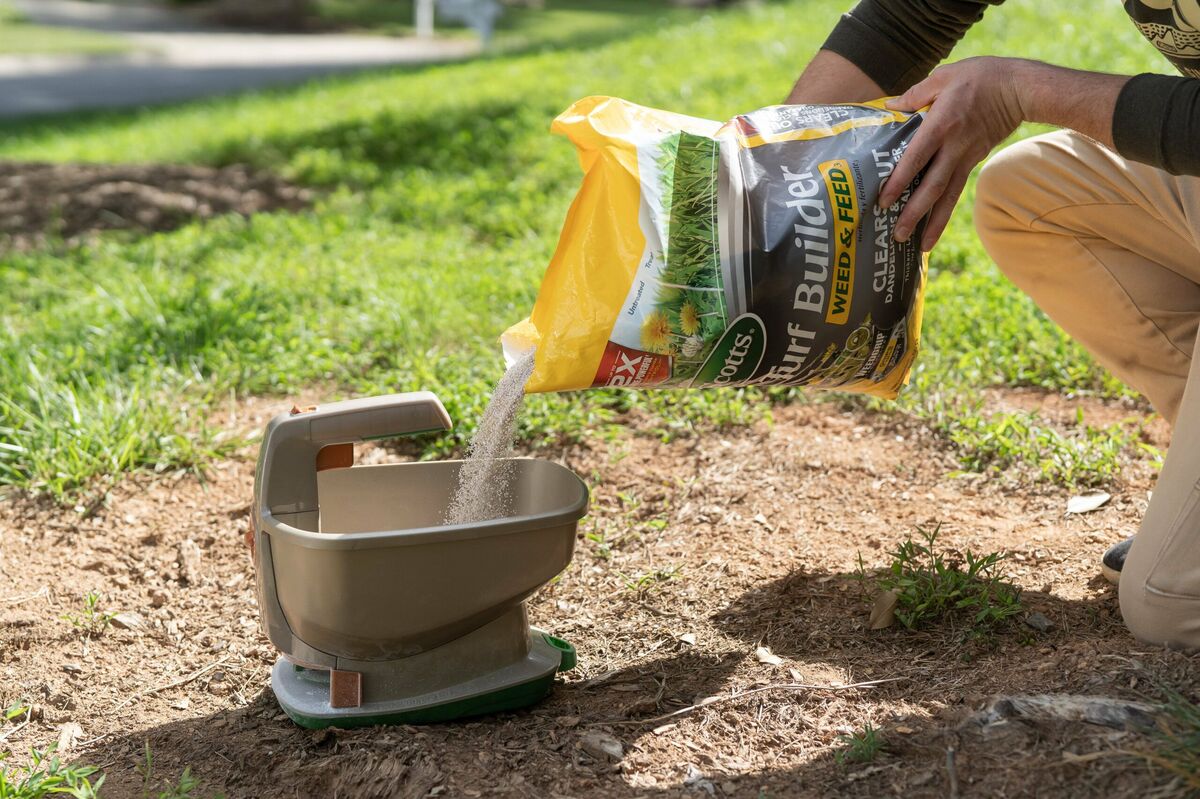

Landscaping Ideas
What Kind Of Fertilizer For Grass In Spring
Modified: March 27, 2024
Discover the best fertilizer for spring grass in our comprehensive guide. Get expert landscaping ideas and tips for a lush, healthy lawn.
(Many of the links in this article redirect to a specific reviewed product. Your purchase of these products through affiliate links helps to generate commission for Storables.com, at no extra cost. Learn more)
Best Fertilizer for Spring Grass
Selecting the right fertilizer for your spring grass is crucial for promoting healthy growth and vibrant greenery. The ideal fertilizer for spring grass should provide essential nutrients to support its development during this crucial growth period. When choosing a fertilizer, it's important to consider the specific needs of your grass and the soil it's growing in. Here are some key factors to keep in mind when selecting the best fertilizer for your spring grass:
-
Nitrogen Content: Look for a fertilizer with a higher nitrogen content, as this nutrient is essential for promoting lush, green growth in spring grass. Nitrogen encourages strong blade development and overall plant vigor, making it a vital component of any spring fertilizer.
-
Phosphorus and Potassium: While nitrogen is crucial for spring growth, don't overlook the importance of phosphorus and potassium. These nutrients play a significant role in root development and overall plant health. A balanced fertilizer that includes phosphorus and potassium alongside nitrogen can provide comprehensive support for your spring grass.
-
Slow-Release Formulas: Consider opting for a slow-release fertilizer, especially for spring applications. Slow-release formulas provide a steady supply of nutrients over an extended period, ensuring that your grass receives consistent nourishment as it enters the active growth phase.
-
Soil Testing: Before selecting a fertilizer, it's beneficial to conduct a soil test to determine the specific nutrient needs of your lawn. This will help you identify any deficiencies and select a fertilizer that addresses those specific requirements, promoting optimal growth and health for your spring grass.
-
Seasonal Formulations: Some fertilizers are specifically formulated for spring application, taking into account the unique needs of grass during this time of year. These seasonal formulations are designed to provide the precise balance of nutrients that spring grass requires to thrive.
By considering these factors and selecting a fertilizer that aligns with the specific needs of your spring grass, you can ensure that your lawn receives the essential nutrients it needs to flourish during the spring season.
Key Takeaways:
- Choose a fertilizer with higher nitrogen content for lush, green spring grass. Consider slow-release formulas and seasonal formulations for optimal growth and health.
- When applying fertilizer to spring grass, time it right, distribute evenly, and consider organic or synthetic options based on your lawn care goals and values.
Read more: How To Fertilize Grass In Spring
Understanding the Nutrient Needs of Spring Grass
As the winter frost gives way to the warmth of spring, grass undergoes a remarkable transformation, awakening from its dormant state and embarking on a phase of active growth. This pivotal period demands careful attention to the nutrient needs of the grass, as it sets the foundation for a lush and vibrant lawn throughout the season.
Nitrogen: The Key Player
During spring, the nutrient demands of grass undergo a significant shift, with a heightened requirement for nitrogen taking center stage. Nitrogen serves as the primary catalyst for promoting vigorous blade development and vibrant green coloration in spring grass. This essential nutrient fuels the rapid growth and rejuvenation of the grass, enabling it to recover from the dormancy of winter and thrive in the warmer temperatures of spring.
Phosphorus and Potassium: Root Support and Resilience
While nitrogen commands attention for its role in promoting lush growth, the significance of phosphorus and potassium should not be overlooked. Phosphorus plays a pivotal role in fostering robust root development, empowering the grass to establish a strong foundation for sustained growth and resilience. Meanwhile, potassium contributes to the overall health and vigor of the grass, enhancing its ability to withstand environmental stressors and maintain optimal functionality.
Timing and Balance: Nurturing Spring Growth
Understanding the nutrient needs of spring grass extends beyond identifying the essential elements; it also involves recognizing the timing and balance required to support the grass during this critical phase. As the grass emerges from dormancy and embarks on a phase of active growth, it relies on a carefully calibrated supply of nutrients to fuel its development. Achieving a balanced blend of nitrogen, phosphorus, and potassium, tailored to the specific needs of the grass and the soil it inhabits, is essential for nurturing healthy and resilient spring growth.
Environmental Factors: Adapting to Changing Conditions
The nutrient needs of spring grass are intricately intertwined with environmental factors, such as temperature fluctuations and moisture levels. These dynamic elements influence the grass's metabolic processes and nutrient uptake, underscoring the importance of aligning fertilizer applications with the evolving needs of the grass as spring unfolds. By understanding the interplay between environmental dynamics and nutrient requirements, lawn enthusiasts can fine-tune their approach to nurturing spring grass, ensuring that it receives the optimal support for robust growth and vitality.
In essence, comprehending the nutrient needs of spring grass involves recognizing the nuanced interplay of nitrogen, phosphorus, and potassium, as well as the dynamic influence of environmental factors. By embracing this holistic understanding, individuals can cultivate a deeper appreciation for the intricate requirements of spring grass, empowering them to make informed decisions when selecting and applying fertilizers to promote the flourishing beauty of their lawns.
Tips for Applying Fertilizer to Spring Grass
When it comes to nourishing your spring grass with the right fertilizer, the application process plays a pivotal role in ensuring optimal effectiveness and promoting robust growth. Here are essential tips to consider when applying fertilizer to your spring grass:
-
Timing Is Key: Aim to apply fertilizer to your spring grass when it is actively growing, typically during the early to mid-spring period. This strategic timing aligns with the grass's heightened nutrient demands as it emerges from dormancy and embarks on a phase of vigorous growth.
-
Mind the Moisture: Before applying fertilizer, assess the moisture levels of the soil. It's advisable to apply fertilizer to slightly damp soil, as this facilitates the absorption of nutrients by the grass. However, avoid fertilizing waterlogged or excessively dry soil, as these conditions can impede nutrient uptake.
-
Even Distribution: Ensure uniform distribution of the fertilizer across the lawn to promote consistent nourishment for the grass. Utilizing a spreader can facilitate even coverage, minimizing the risk of over-fertilizing certain areas while neglecting others.
-
Follow Recommended Rates: Adhere to the recommended application rates specified on the fertilizer packaging. Over-application can lead to nutrient imbalances and potential harm to the grass, while under-application may result in suboptimal nourishment.
-
Mindful Application: Exercise caution when applying fertilizer near water bodies, such as ponds or streams, to prevent nutrient runoff and potential environmental impact. Additionally, avoid spreading fertilizer on impervious surfaces, as this can contribute to nutrient pollution.
-
Post-Application Care: Following fertilizer application, lightly water the lawn to facilitate the incorporation of nutrients into the soil. This gentle watering helps to activate the fertilizer and encourages its penetration into the root zone, supporting the grass's uptake of essential nutrients.
-
Monitor Weather Conditions: Consider the weather forecast when scheduling fertilizer application. Opt for a dry period to apply fertilizer, as rain shortly after application can diminish the effectiveness of the fertilizer and lead to nutrient runoff.
-
Safety Measures: Prioritize safety by wearing protective gear, such as gloves and closed-toe shoes, during the fertilizer application process. Additionally, store fertilizers in a secure location away from children and pets to prevent accidental ingestion or exposure.
By adhering to these tips for applying fertilizer to your spring grass, you can optimize the nourishment provided to your lawn, fostering healthy growth and vibrant greenery throughout the spring season.
Organic vs. Synthetic Fertilizers for Spring Grass
When it comes to nurturing spring grass, the choice between organic and synthetic fertilizers presents a pivotal decision that can significantly impact the health and sustainability of your lawn. Each type of fertilizer offers distinct attributes and considerations, catering to diverse preferences and environmental philosophies. Understanding the characteristics and implications of organic and synthetic fertilizers is essential for making an informed choice that aligns with your lawn care goals and values.
Organic Fertilizers: Nurturing with Natural Elegance
Organic fertilizers, derived from natural sources such as compost, animal manure, and plant-based materials, embody a harmonious approach to lawn nourishment. These fertilizers embrace the principles of sustainability and environmental stewardship, offering a gentle yet enriching means of supporting spring grass. By harnessing the inherent nutrients and organic matter found in nature, organic fertilizers foster a holistic approach to lawn care, promoting soil health and microbial activity while nourishing the grass with a balanced array of essential elements.
Synthetic Fertilizers: Precision and Performance
In contrast, synthetic fertilizers are engineered to deliver precise concentrations of essential nutrients, offering a targeted and efficient approach to lawn nourishment. Formulated through scientific processes, synthetic fertilizers provide readily available nutrients to the grass, promoting rapid uptake and visible results. This precision-driven approach allows for tailored nutrient supplementation, addressing specific deficiencies and optimizing the growth potential of spring grass with calculated efficacy.
Considerations for Spring Grass
When evaluating the choice between organic and synthetic fertilizers for spring grass, several considerations come into play. Organic fertilizers, with their emphasis on natural ingredients and gradual nutrient release, contribute to the long-term improvement of soil structure and fertility. They foster a nurturing environment for beneficial microorganisms and earthworms, enhancing the overall resilience and sustainability of the lawn ecosystem. Additionally, organic fertilizers offer a gentler, low-risk approach, minimizing the potential for nutrient leaching and environmental impact.
On the other hand, synthetic fertilizers excel in their ability to deliver rapid and targeted nutrient supplementation, making them well-suited for addressing immediate nutrient deficiencies and promoting swift greening of the grass. Their precise formulations enable users to tailor the nutrient balance to the specific needs of the grass, providing a controlled and predictable approach to lawn nourishment.
The Choice is Yours
Ultimately, the decision between organic and synthetic fertilizers for spring grass hinges on a nuanced evaluation of your lawn care objectives, environmental considerations, and preferences. Whether you prioritize sustainability, soil health, and long-term vitality, or seek rapid, targeted nourishment and visible results, the choice between organic and synthetic fertilizers reflects a personalized approach to nurturing your spring grass. By weighing the unique attributes and implications of each fertilizer type, you can make an informed decision that resonates with your vision for a vibrant and resilient lawn.
In essence, the choice between organic and synthetic fertilizers for spring grass embodies a thoughtful reflection of your values and aspirations for your lawn, offering a canvas for cultivating beauty and sustainability in harmony with nature's elegance or scientific precision.
Frequently Asked Questions about What Kind Of Fertilizer For Grass In Spring
Was this page helpful?
At Storables.com, we guarantee accurate and reliable information. Our content, validated by Expert Board Contributors, is crafted following stringent Editorial Policies. We're committed to providing you with well-researched, expert-backed insights for all your informational needs.


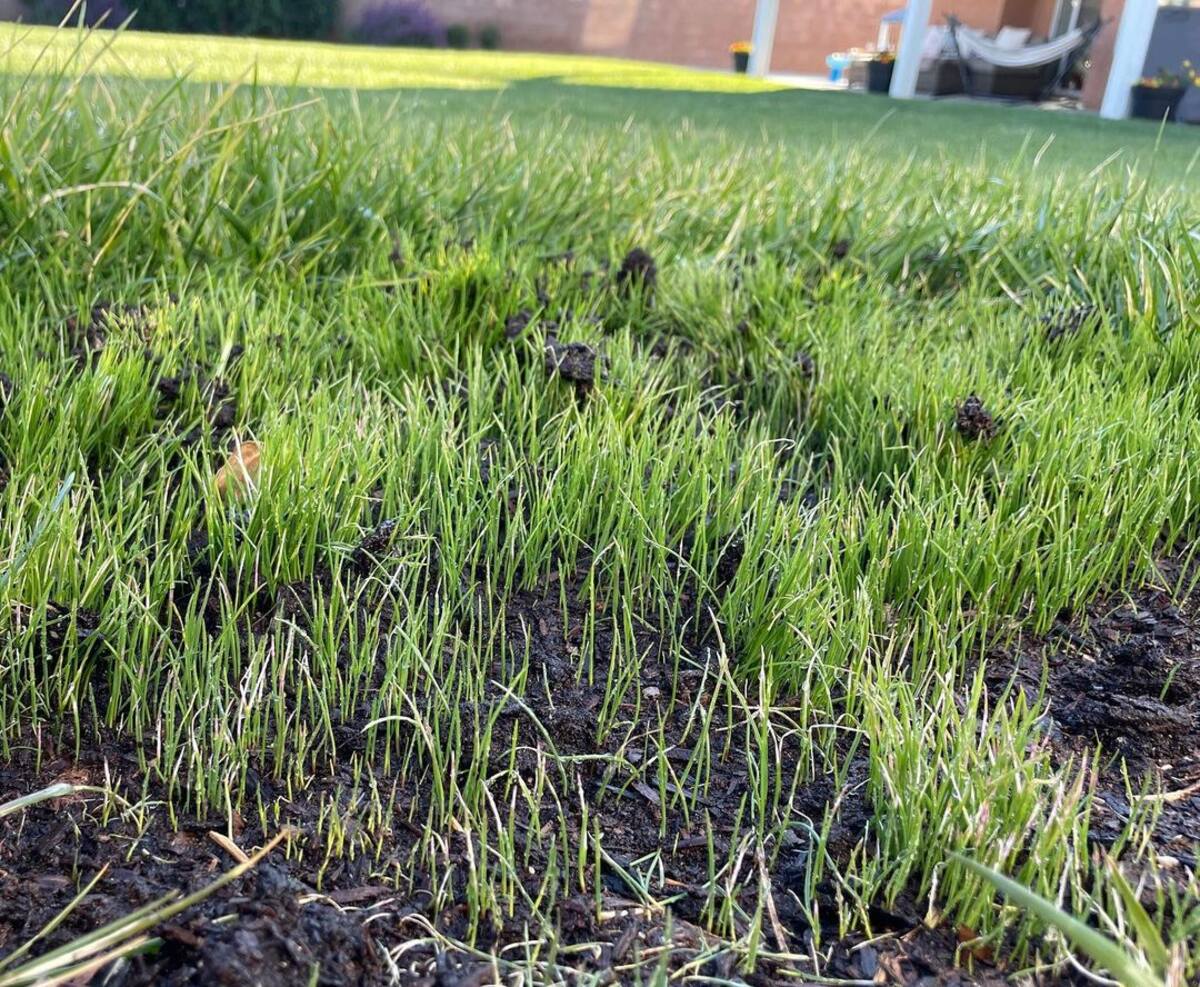


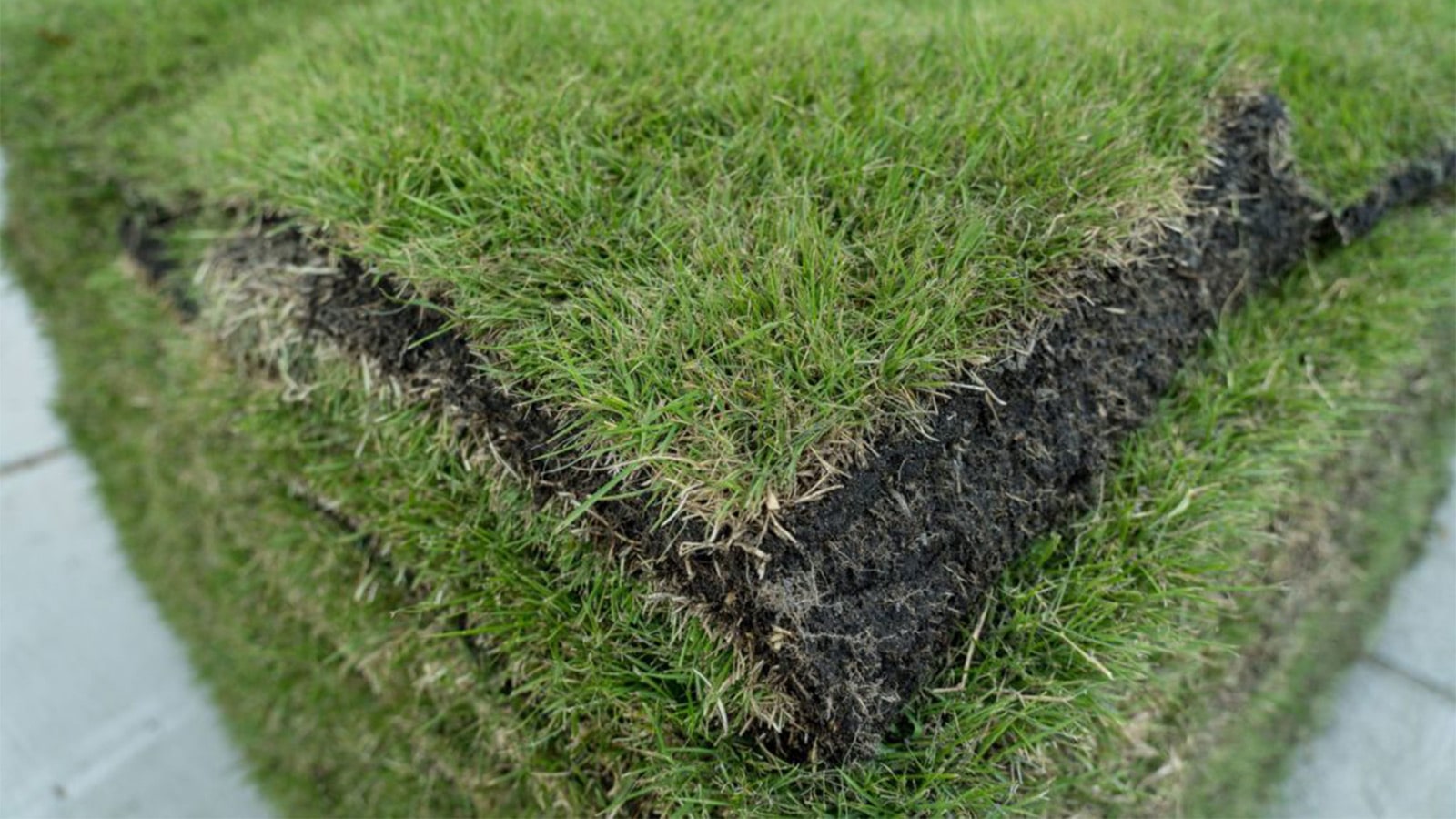
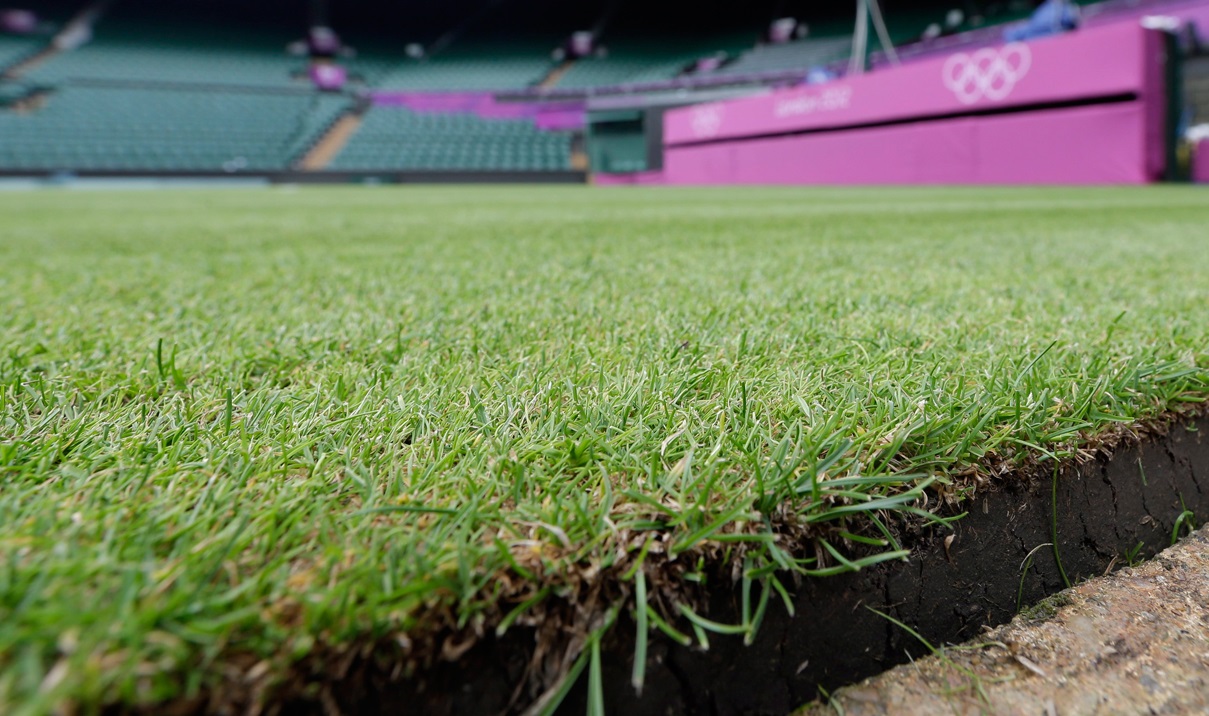

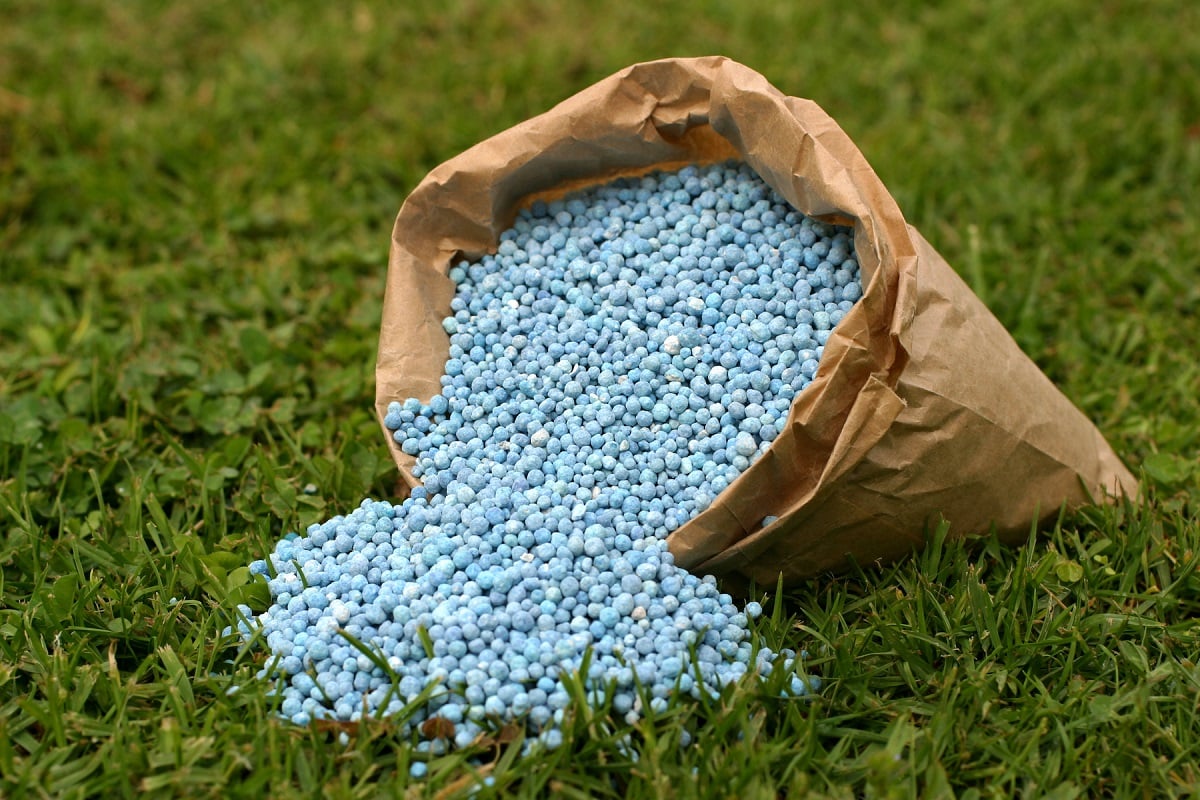

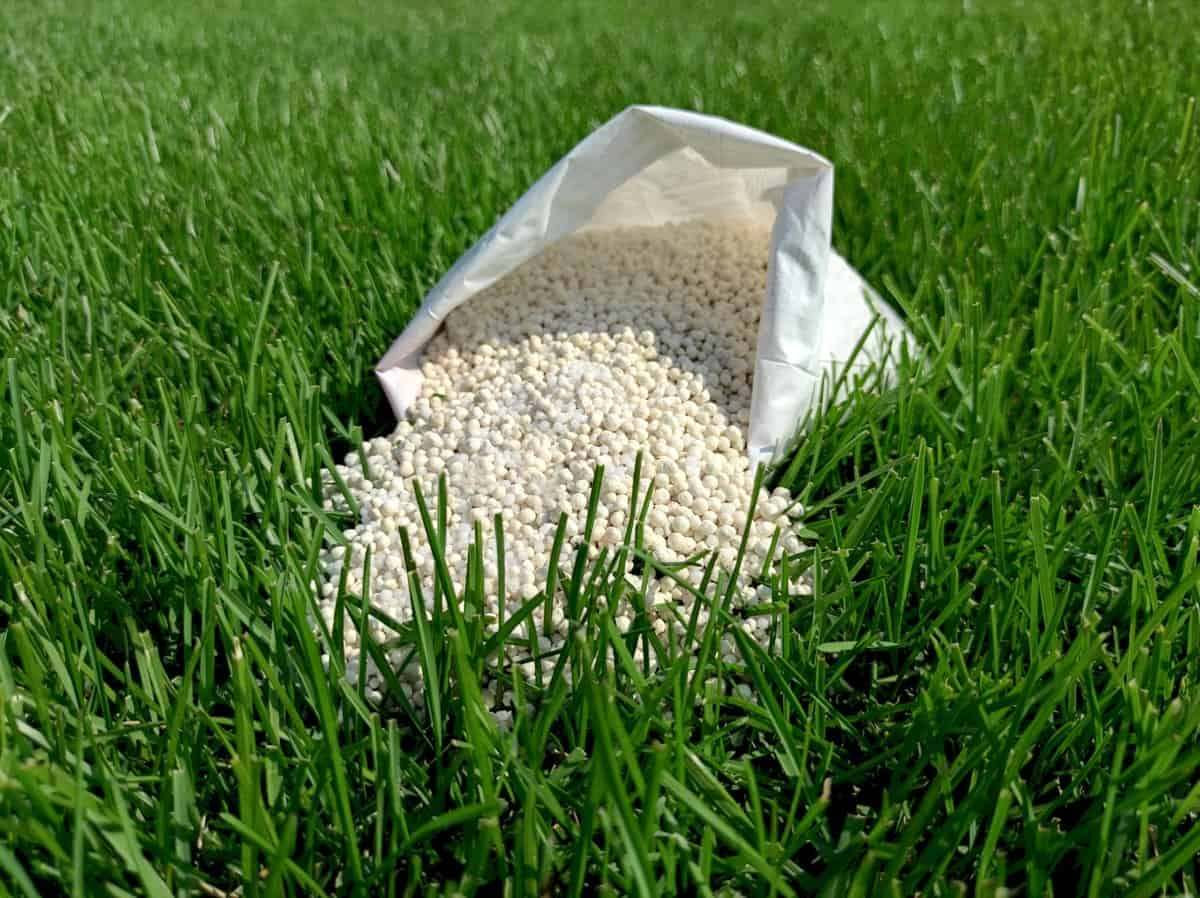

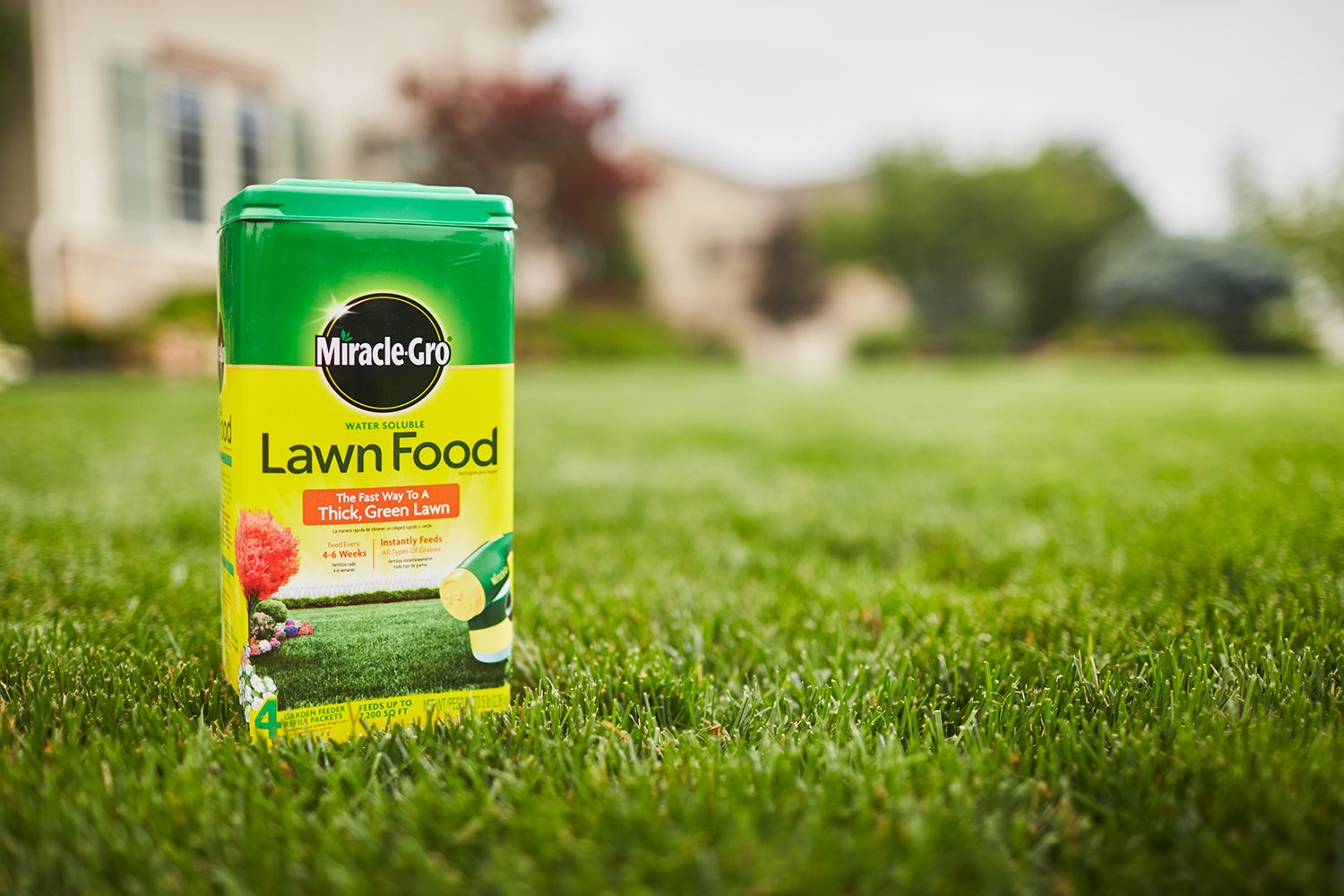

0 thoughts on “What Kind Of Fertilizer For Grass In Spring”